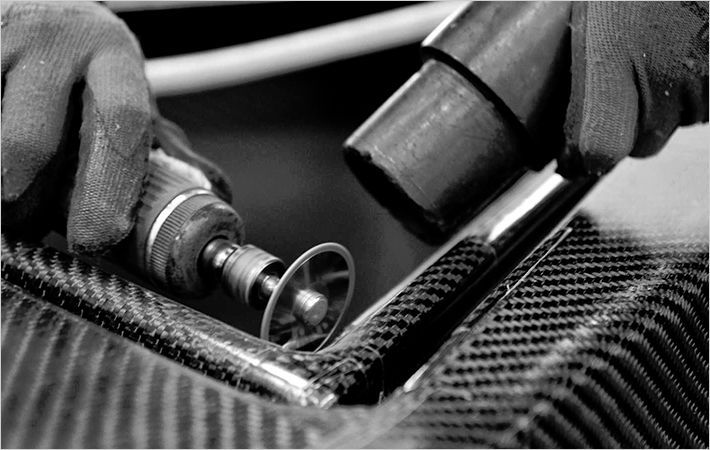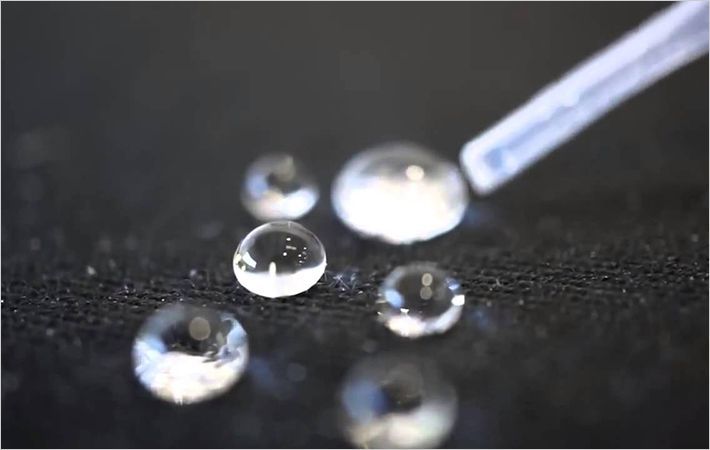The company is treading new ground in the development of parts with a sandwich structure. The concept even gives consideration to the desire of automakers for increased productivity. At the K 2013 plastics trade fair, Bayer MaterialScience is showcasing a sample trunk lid, the development of which was modeled on nature – in not one, but two ways.
Like a bone – Lightweight core, hard shell
“With its smooth, dense outer skin and foamed core, this part has a lot in common with a bone,” explains Ulrich Grosser, team leader for advanced technologies at Bayer MaterialScience. The ingenious design of this ultra-stiff but lightweight part of the body is the result of long, evolutionary development. But the similarities end with how the parts are made: While natural bones grow through cell accumulation, Bayer MaterialScience draws on plastics processing methods for the development of sandwich elements.
“To make the outer layer, continuous glass fiber mats are impregnated with a thermoplastic polymer formulated from polycarbonate,” Grosser says. “All the fibers are wetted and fully coated by the plastic matrix.
This is the key to the high stiffness of the edge layers in a sandwich structure.” Polycarbonate blends such as Makroblend shrink only very minimally, and the process results in a very smooth, high-quality surface. It can subsequently be coated to achieve the desired appearance, for example with coatings based on polyurethane raw materials from Bayer MaterialScience.
Low weight, good insulation
In a second step, the top and bottom of the trunk lid are joined and the resulting hollow space is filled with a Baysafe polyurethane foam. It is the very low density of the foam that makes the component so lightweight. Since the foam is also very stiff, and adheres to the entire outer surface, the component is extremely resistant to minor damage.
In the event of a collision, the foam absorbs energy, enhancing the safety of passengers and pedestrians. It is a very good thermal insulator, meaning it makes a major contribution to energy management inside a vehicle: The air-conditioning and heating can run at low settings and consume less energy. This also reduces fuel consumption and CO2 emissions; drivers do no not have to stop as frequently to refuel. In electric cars, these advantages save battery power and increase a vehicle’s range. Thanks to its good sound insulation properties, the foam further ensures a quiet cockpit.
But that is not all: Antennas can be embedded in the foam very efficiently and permanently. Unlike metal components, polymers permit undisrupted reception across a wide frequency range. Additional functions, up to and including lighting, can be integrated into the sandwich component.

